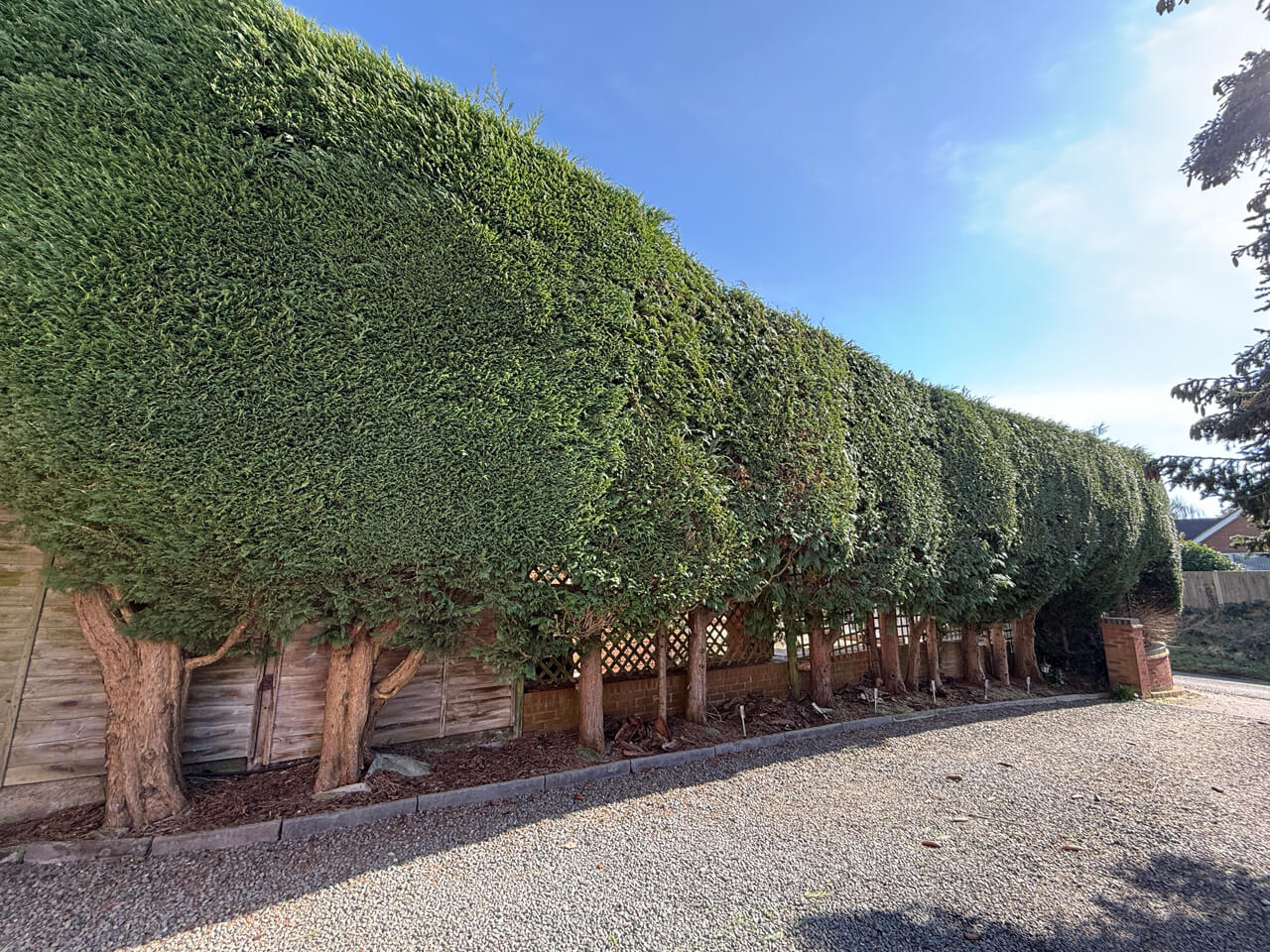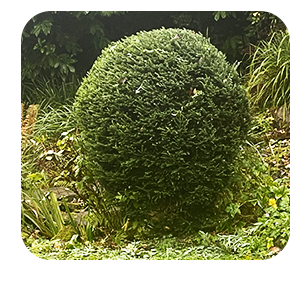Rewilding Your Garden: Embracing Meadowscaping for a Greener Future
Rewilding Your Garden: Embracing Meadowscaping for a Greener Future
In recent years, a transformative gardening trend known as “meadowscaping” has been gaining momentum among eco-conscious homeowners. This approach involves replacing traditional manicured lawns with vibrant wildflower meadows, offering a multitude of environmental benefits while creating visually stunning landscapes.
🌼 What Is Meadowscaping?
Meadowscaping is the practice of converting conventional grass lawns into diverse, flower-rich meadows. This method not only reduces the need for frequent mowing and chemical fertilizers but also fosters habitats for pollinators like bees and butterflies, enhancing local biodiversity. By allowing native plants to flourish, meadowscaping contributes to healthier ecosystems and more sustainable gardening practices.
🌱 The Environmental Impact
Traditional lawns often require significant water usage and chemical inputs, which can be detrimental to the environment. In contrast, meadowscaped gardens are more drought-resistant and support a wider range of wildlife. Notably, initiatives like the one at King’s College Cambridge have demonstrated the ecological advantages of this approach. By allowing portions of their lawns to revert to wildflower meadows, they observed a tripling in plant species and a substantial increase in invertebrate populations, highlighting the potential of meadowscaping to rejuvenate urban green spaces.
🛠️ Getting Started with Meadowscaping
1. Assess Your Space:
Begin by selecting an area of your garden to transform. This could range from a small patch to the entire lawn, depending on your preference.
2. Prepare the Soil:
Remove existing grass and weeds to reduce competition. Tilling the soil can alleviate compaction, creating a hospitable environment for wildflower seeds.
3. Choose Native Plants:
Opt for a mix of native wildflowers and grasses suited to your region. In the UK, species like cornflowers, poppies, and oxeye daisies are excellent choices that support local pollinators.
4. Sow and Maintain:
Sow seeds in early spring or autumn for optimal growth. Initially, regular watering and occasional weeding may be necessary. Once established, meadows require minimal maintenance, with mowing only needed once or twice a year to encourage diversity.
🌸 Embracing a Wilder Aesthetic
Adopting meadowscaping signifies a shift from the traditional, manicured garden towards a more naturalistic and ecologically beneficial landscape. This approach not only enhances the beauty and resilience of your garden but also contributes to broader environmental conservation efforts. By creating a haven for wildlife and reducing resource consumption, meadowscaping embodies a harmonious blend of aesthetics and sustainability.
Ready to Transform Your Garden?
Embrace the meadowscaping movement and contribute to a greener future. By reimagining your garden space, you can enjoy a vibrant, low-maintenance landscape that supports biodiversity and reflects a commitment to environmental stewardship.
Testimonials
What People Say About Us
-
Giles has been sorting my garden out for a few months now, he’s a very hard worker and such a nice person. My hedges had grown so much over Summer but it didn’t phase him, just got stuck in and I’m neat and tidy again. Thank you so much Giles.

GK8 P
October 3, 2024Absolutely thrilled with the work Giles did on our courtyard patio! He was professional, punctual, and incredibly thorough, leaving the patio looking brand new. The attention to detail and care taken during the pressure washing were second to none. Giles went above and beyond, ensuring every corner was spotless. Highly recommend his services and will definitely use him again in the future!

Howard Russell
February 3, 2025 -
Giles did an incredible job with our garden, he is professional and courteous, he left the garden looking so lovely and tidy, it was exactly as we requested, we will definitely be using his services again very soon! I would recommend him to anyone looking for a gardener or jet wash service!

Chloe
March 2, 2025Thanks for an amazing job Giles.My garden now looks great again. Net,tidy,punctual & efficient,would highly recommend.

Howard Haffner
January 3, 2025 -
Giles did a great job pressure washing my brick block drive. It looks fantastic and I am so happy with the result. Great communication with Giles and I have no hesitation in recommending him

Jean Lockwood
February 3, 2025Giles has cut my lawn and edged it several times. He always does an excellent job, tidies and takes the cuttings away and above all is a lovely, hardworking person!! Thanks Giles , you always do a super job, it’s nice to have someone who you can trust to do a great job 💥

Jill Lindsay
October 3, 2024
Giles’
Eco Gardening


